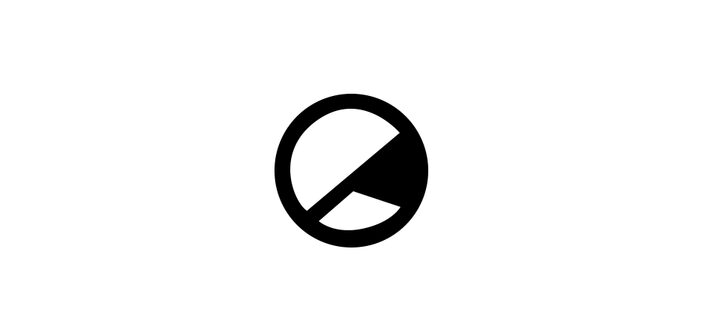An enthralling exploration of the existential and geographical dislocation experienced by the inhabitants of the Idomeni refugee camp
-
10
As in her exemplary debut Exit/Entrance, Federica Foglia employs a fragmented, hallucinatory style to convey the sense of social, geographical and existential dislocation inherent to the refugee experience in this shockingly intimate portrait of life inside an Idomeni refugee camp, Fantassút/Rain on the Borders. An exploration of the daily lives of a community of refugees living in a makeshift camp on the Greek/Macedonian border, Fantassút restrains itself to a number of spare, low-key vignettes, with the uniting theme being the sense of cultural alienation imposed on its subjects after being forced into a geographical no-man’s-land. For Foglia, to be in a camp means being suspended between one’s homeland, which becomes a memory, and a strange new nation one has yet to experience. Each refugee seems trapped in an ambivalent state, nostalgic for the country they’ve left behind while also optimistically looking forward to the new culture they hope to integrate into in the future.
Throughout, the film highlights the ways in which the inhabitants keep hold of traces of their individual cultural identities even within the camps – acts which themselves act as forces of resistance against the threat of cultural imperialism posed by their impending entrance into Europe. One of the film’s most striking moments arrives towards the end: a Kurdish man presents a model helicopter constructed out of wire and other stray materials he made as a way of killing time. As he explains, he attached a Kurdish flag to the model as a way of connecting it to his heritage. The inhabitants are kept separated from the basic necessities of showers, proper healthcare, and substantial sustenance, while being told that they’ll be granted access to these elements once they’ve made it inside the border. The interviews, as well as the mise-en-scène as a whole, largely focuses on the self-contained, internal systems of morality- education that has developed within this isolated, forgotten community, cut off geographically and temporally from everything around it.
The film’s montage-like construction combines short interviews, shots of daily activity and interstitial shots which map out the camp’s topology, connecting an overall impression of its subjects as being simultaneously distinct individuals and components of a larger, intertwined community, united by their conditions. Whereas Exit/Entrance is heavily interiorized, diving into the headspace of an alienated individual within an unfamiliar land, Fantassút is about a collective; it explores a grouping of people of various backgrounds thrown together due to circumstances beyond their control and in the process stripped off their cultural identities. Foglia utilizes documentary footage but assembles it in such a way as to plunge the viewer into a particular, fully realized headspace – a state of mind shared by everybody in the camp – rather than sticking to conventional notions of realism. Rather than mapping out life in the camp in naturalist terms, Fantassút communicates through symbols, metaphors and odd juxtapositions – some of its most striking images include children’s pyjamas draped over a barbed wire fence like a suburban washing line; a Mickey Mouse doll amongst the dilapidated tents; a pet fish kept in a plastic bottle of drinking water.
Fantassút/Rain on the Borders (2016), directed by Federica Foglia will feature at the Reykjavik International Film Festival.




